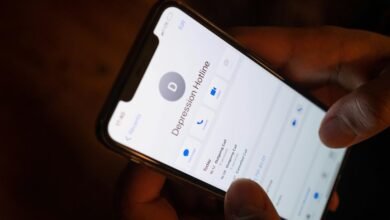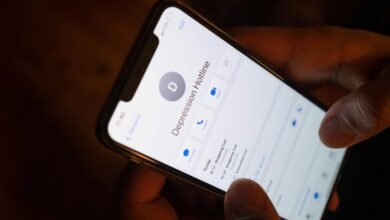Who Called You From 4048366330, 4048366332, 4048915162, 4049650560, 4049650561, and 4049960549? Find Out Everything About Any Phone Number

Recent reports have highlighted a series of calls from numbers such as 4048366330 and 4048915162. These numbers have raised concerns among recipients about their legitimacy. Analyzing caller ID formats and identifying features can provide insights into their origins. Various tools and resources are available for this purpose, yet many remain unaware of their potential. What strategies can be employed to protect oneself from these unidentified callers? The implications of these calls warrant further scrutiny.
Understanding the Caller ID and Phone Number Format
Although many individuals rely on caller ID to identify incoming calls, the underlying structure of phone numbers and the technology behind caller identification often remain obscure.
Understanding caller ID basics requires examining phone number structure, which typically includes country codes, area codes, and local numbers.
This intricate format serves not only to identify callers but also to facilitate efficient communication across diverse networks.
Tools and Resources for Identifying Unknown Callers
Understanding the intricacies of caller ID and phone number formatting lays the groundwork for exploring tools and resources designed to identify unknown callers.
Reverse lookup services, such as online databases and mobile applications, enhance caller identification by providing details about the caller’s identity.
These tools empower individuals to reclaim their privacy and make informed decisions when faced with unsolicited communications.
Common Scams and Telemarketing Tactics to Watch Out For
What tactics do scammers employ to exploit unsuspecting individuals through phone calls?
Common telemarketing tactics include creating urgency, offering too-good-to-be-true deals, and using spoofed numbers. These methods can confuse recipients, eroding their scam awareness.
Additionally, scammers often impersonate legitimate organizations, further complicating identification.
Awareness of these tactics is essential for individuals seeking to protect themselves from potential financial harm and deceit.
Conclusion
In an age reminiscent of Shakespeare’s “much ado about nothing,” where phantom calls may incite undue anxiety, understanding the origins of unknown numbers becomes paramount. By leveraging caller identification tools, individuals can navigate this modern labyrinth of communication with greater confidence. Identifying these numbers not only safeguards against potential scams but also empowers users to reclaim control over their social interactions, ensuring that each ring does not lead to a tempest in a teapot, but rather meaningful connections.





